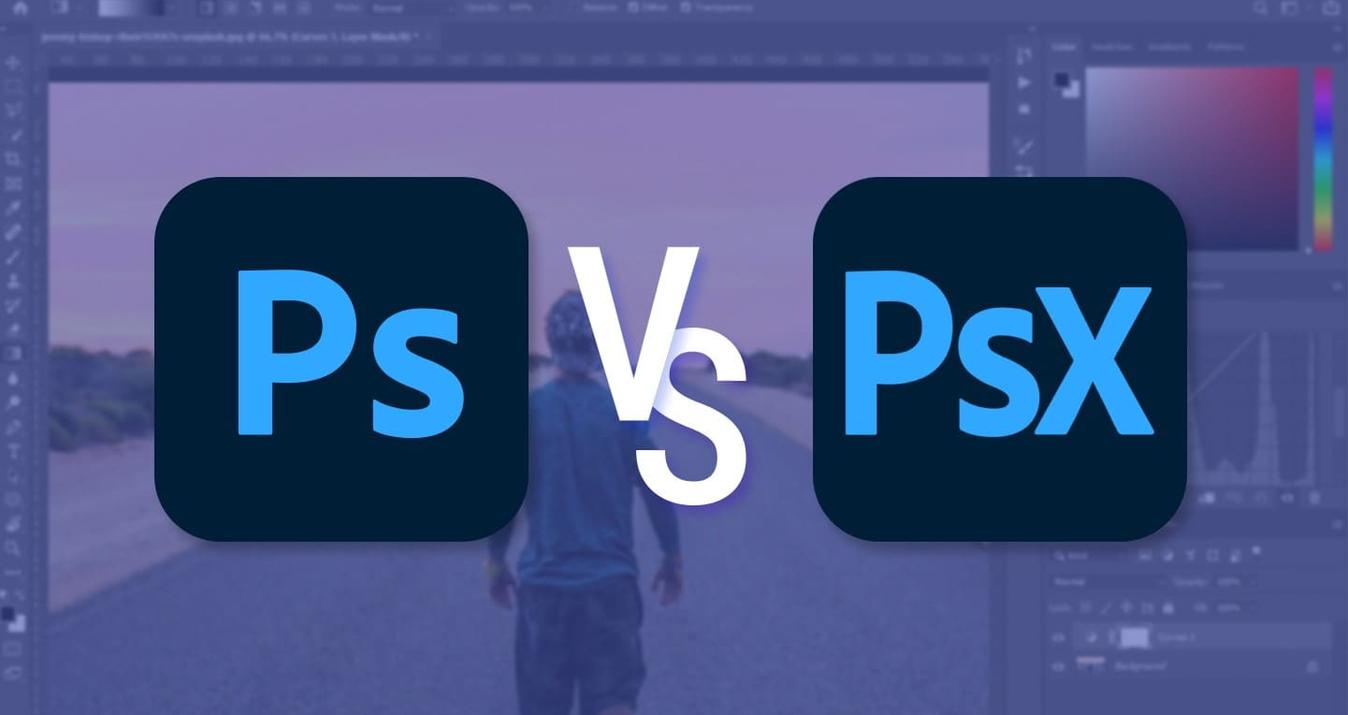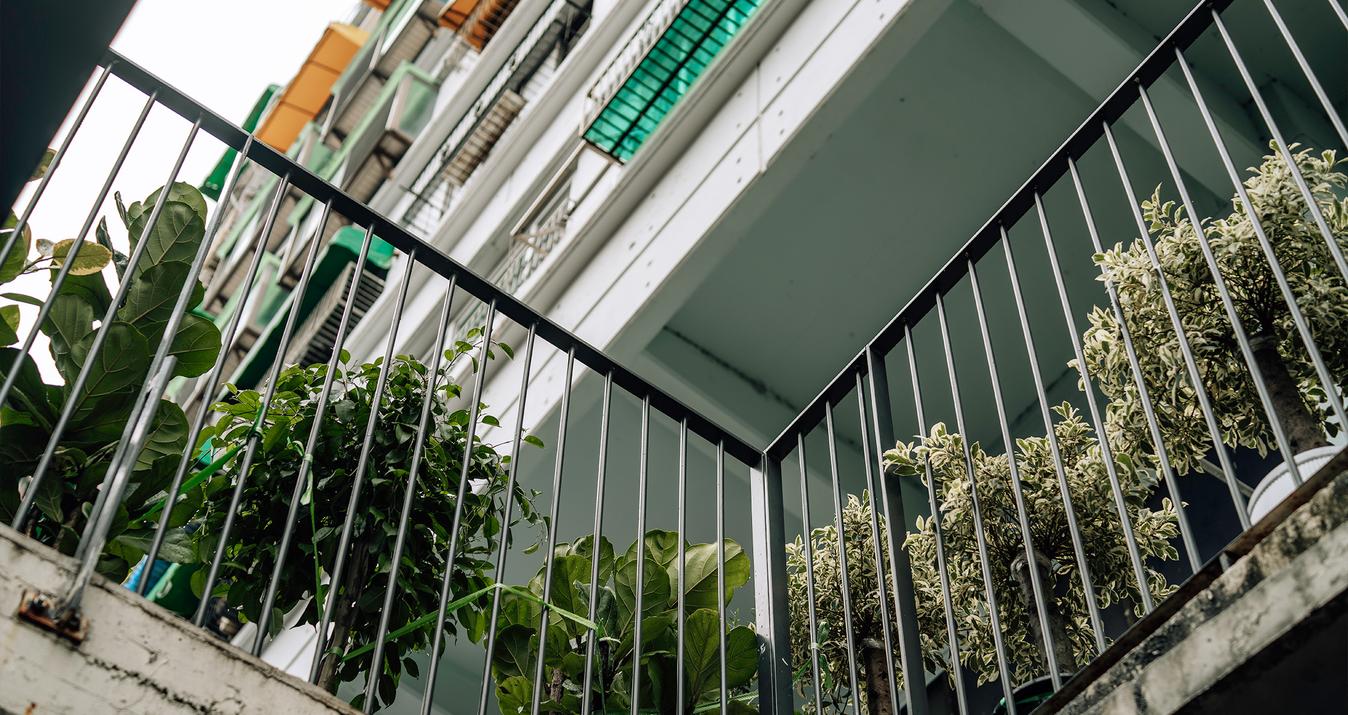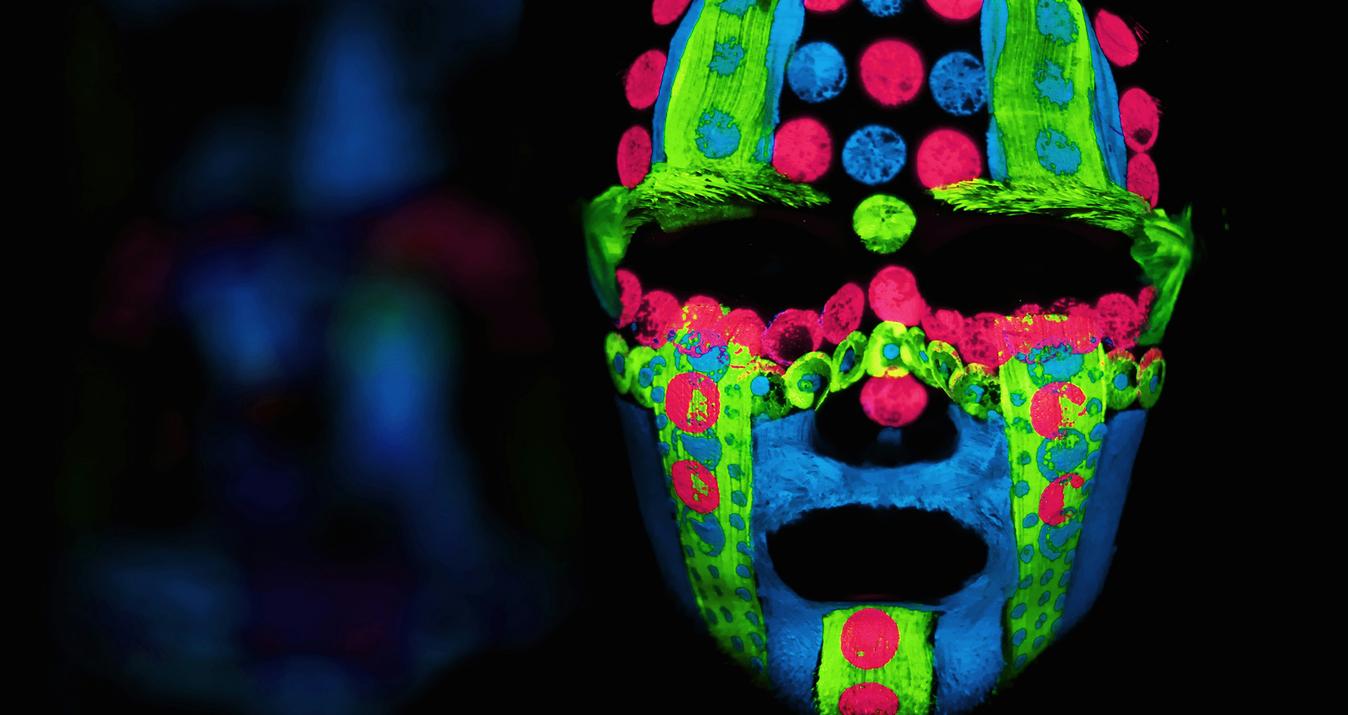50mm vs 85mm: which one to choose for portrait photography?
January 18, 2023

Portrait photographers often face the question of which lens to choose: 85mm or 50mm? Today we'll try to figure out which one is best for you. Believe me, it's not as easy as it seems at first glance.
So you decide to get your first camera and you immediately face the question: what should your first lens be? In fact, do you only need one lens, or should you buy several? Today I'm going to answer these questions and put an end to the 50mm lens vs 85mm lens clash! So, let's get started.
50mm lens for portrait photography
Let's start with the 50mm. As you can easily guess, this lens captures your subject, reducing it by 50% of its existing size. This lens is considered the best if you're shooting journalism or documentaries. The reason for this is that it mimics the gaze of the human eye, so the photos feel as natural as possible.
Also, many photographers argue that in the 50mm vs 85mm confrontation, the former wins because it's great for taking street candid photos. The reason for this is the longer focal length, which makes your subjects not always realize they are being photographed, so they behave naturally. Plus, some experts consider the 50mm is the perfect lens because it's compatible with most modern DSLR cameras. With adapters, you can make it compatible with full-frame models as well. Let's take a closer look at its advantages and disadvantages to make a choice for ourselves.
50mm vs 85mm lens: main advantages
- The first thing worth noting is the lower weight compared to the competitor. When shooting portraits this is very important, because you can carry it with you and easily take pictures at any time.
- The second, but a no less important advantage, is the higher depth of field at the edges. This is especially important for those who print their photos because their quality will be higher.
- The next point is very important for those who want to take natural photos. When we choose between 50mm or 85mm, it's worth remembering that the former offers a wider field of view. You can capture a portrait that shows the real emotion of your subject because they may not even know they're being photographed. You can just stay farther away from your subject and not embarrass him with your presence.
Also, if you want more natural depth of field effects, you should use a 50mm lens instead of an 80mm. This gives you more room for creativity.
50mm vs 85mm for portraits: disadvantages
Well, 50mm is a great lens, but it, like any other object, can have disadvantages. Here are the main ones:
- If you want to capture a wide scene, this lens is definitely not for you. You have to be close to the subject.
- The second disadvantage is that 50mm is absolutely not suitable for shooting video. The reason is the very slow autofocus.
- Another disadvantage is that the lens provides less background blur. This means you have to shoot portraits, realizing the subject won't be isolated from it, or apply a bokeh effect in post-processing.
- The last thing to look out for is the high possibility of chromatic aberration. You will have to work with them in the photo editor too.
Well, we've figured out the pros and cons of the 50mm lens, and now let's move on to its closest competitor!
85mm lens for portrait photography
When it comes to 85mm lenses, the first thing that comes to mind is a telephoto lens. It visually makes objects appear 1.6 times larger than they really are. Precisely because viewers can see every detail, many photographers believe this lens is perfect for portrait orientation.
Thanks to the compression effect, the background is not as visible, allowing viewers to fully concentrate on your subject, which is in the center of the frame. It's also a lens with a wide-open aperture, which means it's great for shooting in dark rooms and low-light environments in general. Well, the main differences are clear, but now let's elaborate on its pros and cons.
85mm vs 50mm: main advantages
- Do you want to shoot not only portraits but also landscapes? Then this lens is for you! Thanks to it, you don't need to be closer to the subject. It gives you the ability to keep your distance where you need it.
- Thanks to the quick focus, you can shoot videos without any problems. When it comes to this factor, in the 85mm vs 50mm lens competition, the former is definitely the winner.
- You have the ability to fully focus on your subject. The 50mm lens has a shallow depth of field, so it helps you do that. The 85mm, on the other hand, allows you to take your mind off the background and put your subject in the center of the composition to which the viewer's attention will be drawn.
Of course, the lens has not only pros but also cons. Let's take a closer look at them.
85mm lens vs 50mm: disadvantages
So, here are the main disadvantages to pay attention to:
- Well, we should start by saying that these lenses are much heavier compared to the 50mm. That means you don't have as much freedom when shooting. You can use this lens only if you prepare carefully, while its competitor, which weighs much less, will be a great travel companion for you.
- 85mm is the best when used in an open space. You won't be able to get a good shot in a house or apartment. The reason is that it's 1.6 times bigger, as we said before. In this case, you will have to settle for taking a picture of half of your body rather than the whole body.
- Higher price. If you see the 85mm as the prime lens for your portraits, get ready to pay a tidy sum. It's worth it, though, because it avoids chromatic aberration and distortion. For many beginner photographers, however, the price tag will be too high.
Similarities between 50mm and 85mm lenses
So we've already figured out the advantages and disadvantages of each lens and we've seen that they're very different. However, they also have some similarities. Let's take a closer look at them:
To begin with, both lenses give you the ability to shoot in low light. The reason for that is the f/1.8 aperture, which is great for that. This means that if you find yourself on a dark street or in a room with low light, you don't have to look for something to replace them with.
The next important point is that none of the heroes of our review has optical image stabilization. However, do not despair! You can get the same effect of stabilization if you just set the camera on a tripod.
And the last thing worth mentioning is the lower price compared to lenses with an f/1.4 aperture. That means you'll be able to afford to buy them much faster. And for taking portrait photography, that's really important!
50mm or 85mm for portraits: which is better?
As you have already understood, each lens has its own advantages and disadvantages. So how do you make the right choice? Here are a few things to consider. Read on, and you'll be able to put an end to this difficult competition for sure!
Field of view
When we talk about the 50mm 1.8 vs 85mm 1.8 competition, the viewing angle is one of the deciding factors. In the first case, it is larger, in the second it is smaller. So, choose depending on what you need right now.
Versatility
Certainly, the 50mm lens is rather versatile compared to its competitor. You can carry it with you, take it on trips, and take great casual photos. However, the 85mm can't be discounted either. Unlike the 50mm, it gives you the ability to shoot video, so the choice is yours!
The part of the subject that you want to shoot
Do you want to take a full-length picture? Then a 50mm lens is a great choice! Do you need a headshot? Then go for 85mm! If you are interested in 3/4, then both options are fine for you.
Remember that the wrong choice can cause such trouble:
- Too much forehead bulge;
- Too big nose;
- A wide face.
A good portrait photo shouldn't have all this, so choose wisely.
Improve your portraits with Luminar Neo!
I'm sure that post-processing hasn't made any photos worse yet. Of course, this only applies when you use a good photo editor. I prefer Luminar Neo because of its user-friendly interface and extensive picture editing capabilities. And even if you choose the right lens, it can help you improve your photos quickly and easily with these tools:
- Face AI gives you the ability to enhance the face, eyes, and mouth separately;
- Body AI allows you to shape the body, reducing or adding volume;
- Skin AI will be your indispensable aid retouching and smoothing the skin, as well as removing skin defects and unwanted shine.
In addition, Luminar Neo provides a wide range of presets that will make your pictures unforgettable. Not only that, you can create and save your own presets, but also perform batch editing to apply changes to all your photos. This will save you a lot of time.
Difference between 50mm and 85mm lens: conclusion
So, I've told you all about 50mm and 85mm lenses, and I'm sure you've already started making mental notes about which one to choose depending on what you need. There can't be a winner in this competition because you need them in different situations. Of course, I recommend that you buy both and start experimenting. However, if you can't afford one yet, analyze what you want to achieve and only then make your choice. I wish you lots of inspiration and great shots!





